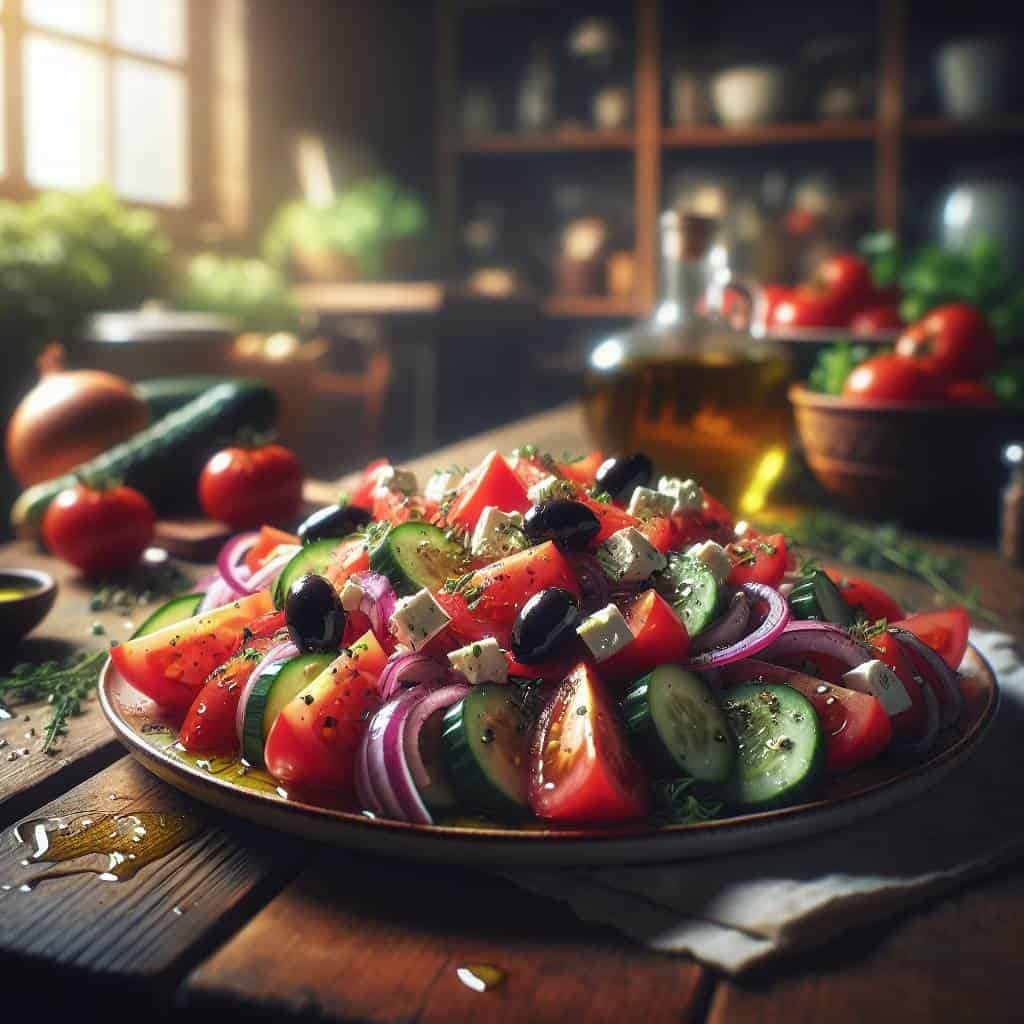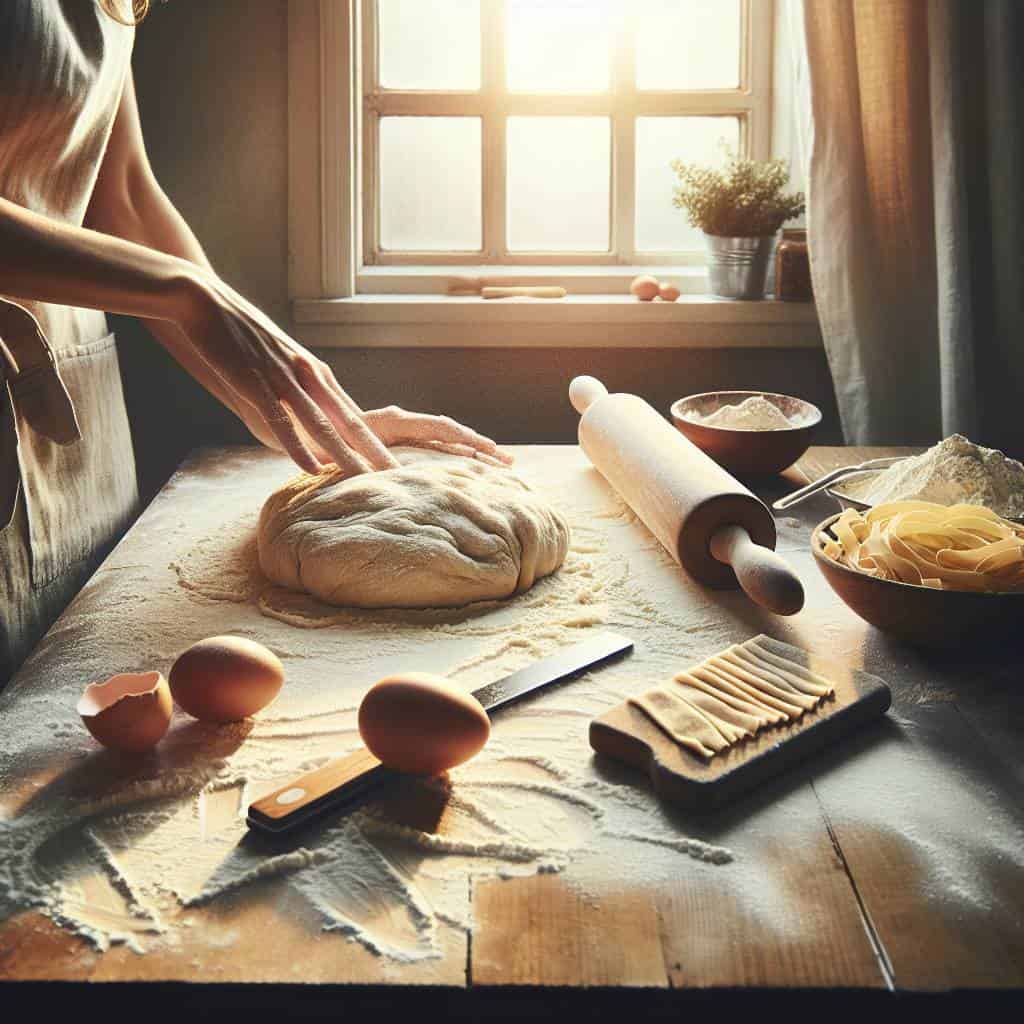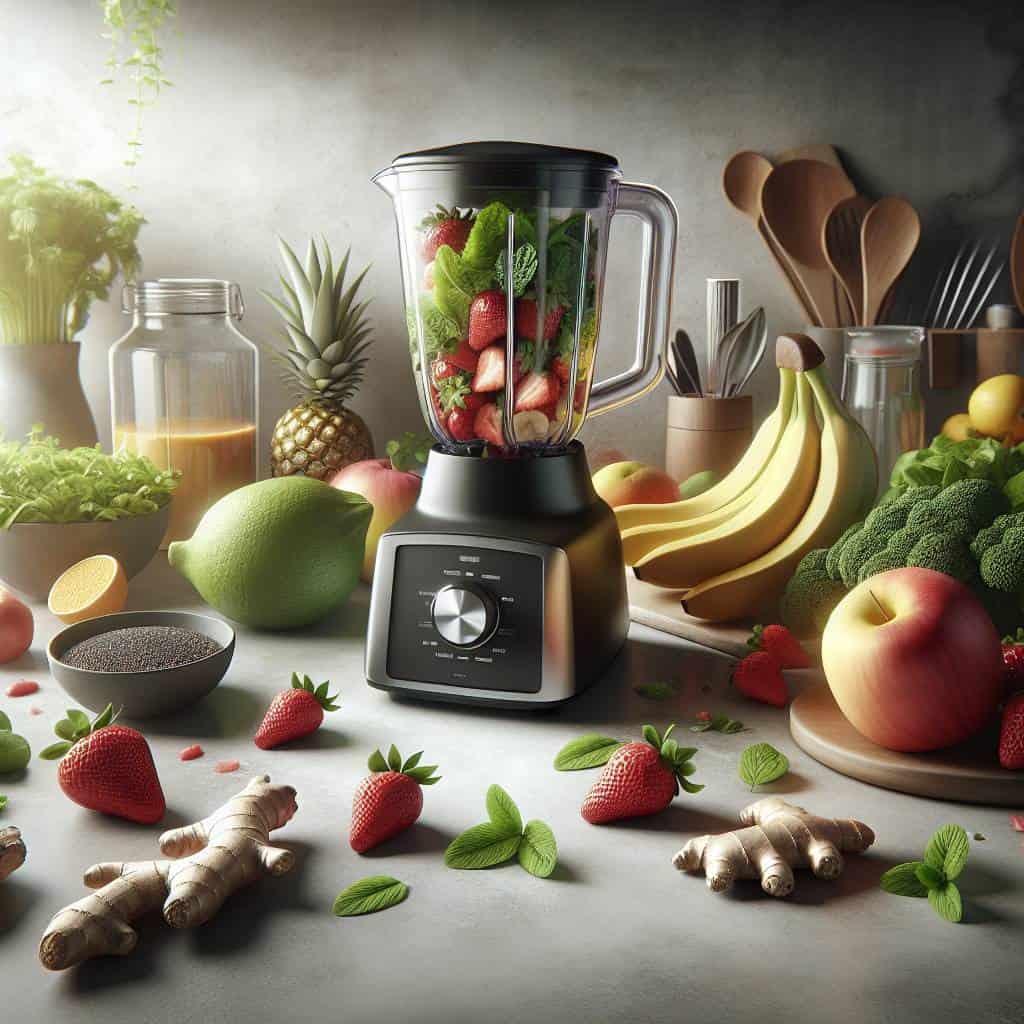I once found myself leaning over a mason jar filled with a bubbling concoction of cabbage, salt, and time, pondering the absurdity of my new hobby—an exercise in controlled rot. A few years ago, I would have grimaced at the thought of willingly letting food decompose in my kitchen. But here I was, a proud member of the fermentation faithful, armed with nothing but curiosity and a slightly questionable sense of smell. It started with a simple question: What if I could transform mundane vegetables into something extraordinary? And like a scientist with her petri dish, I began my journey into the mystifying world of fermentation, where the ordinary becomes extraordinary with just a pinch of salt and a spoonful of patience.

In this article, I invite you to join me on this curious culinary escapade, where we’ll uncover the secrets of home fermentation. From the tangy depths of kimchi to the effervescent fizz of kombucha, we’ll explore how these ancient techniques can breathe new life into your kitchen—and perhaps your soul. Whether you’re a seasoned fermenter or a newcomer eager to embrace the beauty of controlled chaos, I promise we’ll delve into the nuances, the quirks, and the joyous unpredictability of turning simple ingredients into something far greater than the sum of their parts. So grab a jar, roll up your sleeves, and let’s embark on this flavorful adventure together.
Table of Contents
How I Turned My Kitchen Into a Smelly Science Lab: The Kombucha Debacle
Picture this: my kitchen, usually a sanctuary of order and calm, became a battleground of competing aromas, each vying for dominance. It all started with a humble idea—to embrace the art of fermentation, that ancient alchemy where ordinary ingredients transform into culinary wonders. I’d already dabbled in the tangy depths of sauerkraut and the fiery complexities of kimchi, and thought, “How hard could kombucha be?” Armed with enthusiasm and a SCOBY that resembled a science fiction creature, I embarked on what I naïvely assumed would be a straightforward journey.
Little did I know, my attempts at brewing kombucha would quickly devolve into a chaotic symphony of scents. The first batch—a murky concoction sitting proudly on my counter—had promise. But like an overzealous chemist, I pushed the boundaries, experimenting with flavors and fermentation times. The result? A pungent perfume that clung to the curtains, lingering like an uninvited houseguest. Each time I opened a jar, it was a gamble—would I be greeted by a fizzy delight or a vinegary assault on the senses?
Turns out, kombucha is as much an art as it is a science. It demands patience, precision, and a willingness to embrace failure as a fragrant friend. My kitchen became a smelly testament to trial and error, a shrine to the unpredictable nature of fermentation. In the end, I realized that sometimes, the beauty lies not in the perfect brew but in the process itself—the learning, the laughter, and yes, even the occasional olfactory offense. As I scrubbed the last sticky remnants from the countertops, I took a deep breath (of fresh air) and vowed to continue this deliciously unpredictable dance with fermentation.
The Alchemy of Kitchen Countertops
In the quiet chaos of fermentation, where cabbage becomes kimchi and tea morphs into kombucha, we find a dance of time and microbes—a reminder that sometimes, letting go is the first step to creation.
Fermentation: A Dance with Time and Nature
Standing here in my kitchen, surrounded by an orchestra of bubbling jars, I realize that fermentation is less a science project and more a conversation with time itself. Each jar holds a story—a narrative of transformation where chaos begets flavor. Who could have imagined that a few humble vegetables, resigned to the back of the fridge, could undergo such a remarkable metamorphosis? In the alchemy of fermentation, I find a quiet rebellion against the sterile predictability of everyday life. It’s a gentle reminder that beauty often resides in the unexpected and the overlooked.
As I watch my latest batch of kimchi fizz with life, I see the world in a different light. No longer are we passive consumers of the everyday; instead, we become creators, curators, and custodians of taste. Fermentation has taught me patience—not the passive kind, but an active engagement with the world that requires a keen sense of observation and an appreciation for the slow and steady march of time. In this journey, I’ve learned to savor the unhurried moments, to embrace the imperfections, and to celebrate the simple art of letting food rot—transforming it into something extraordinary.


